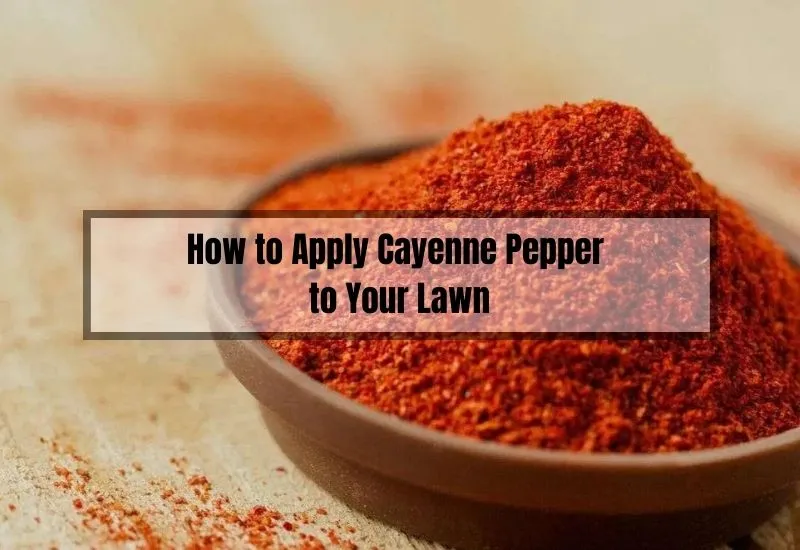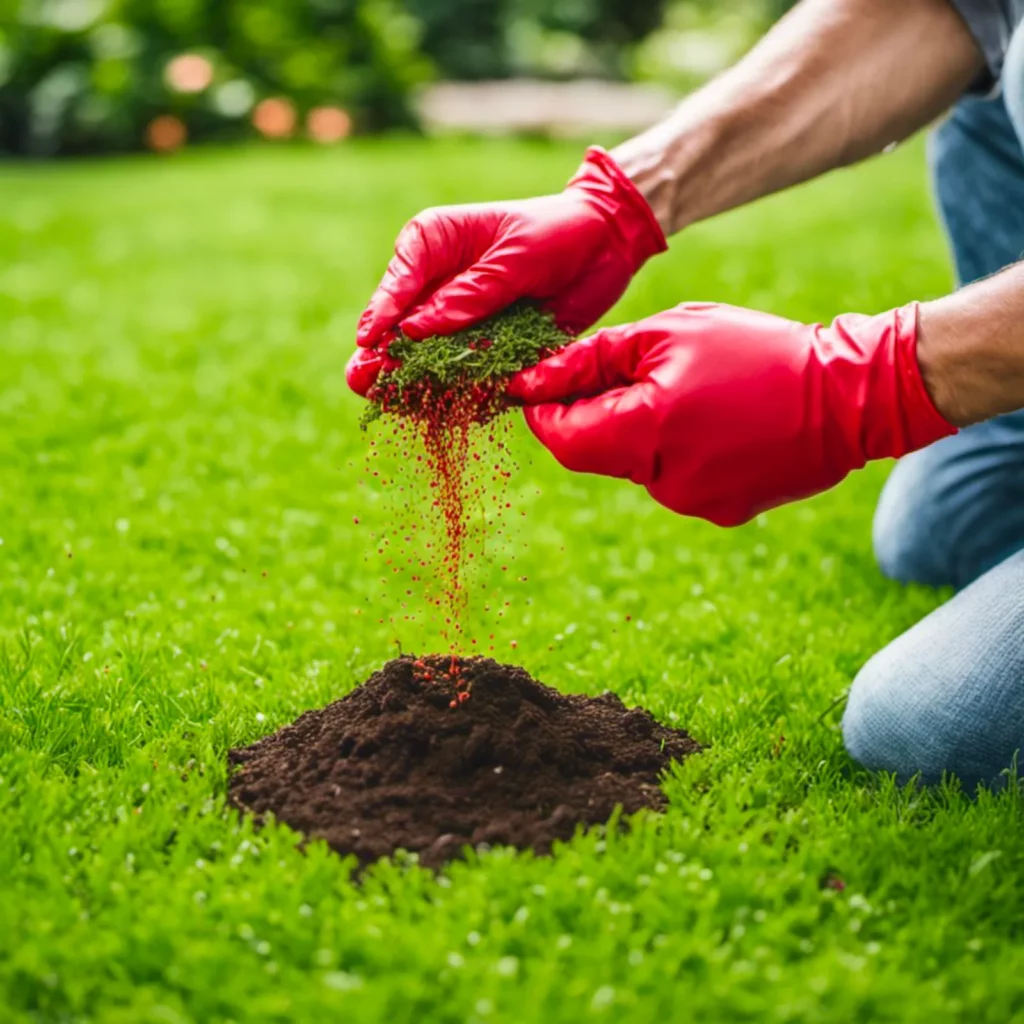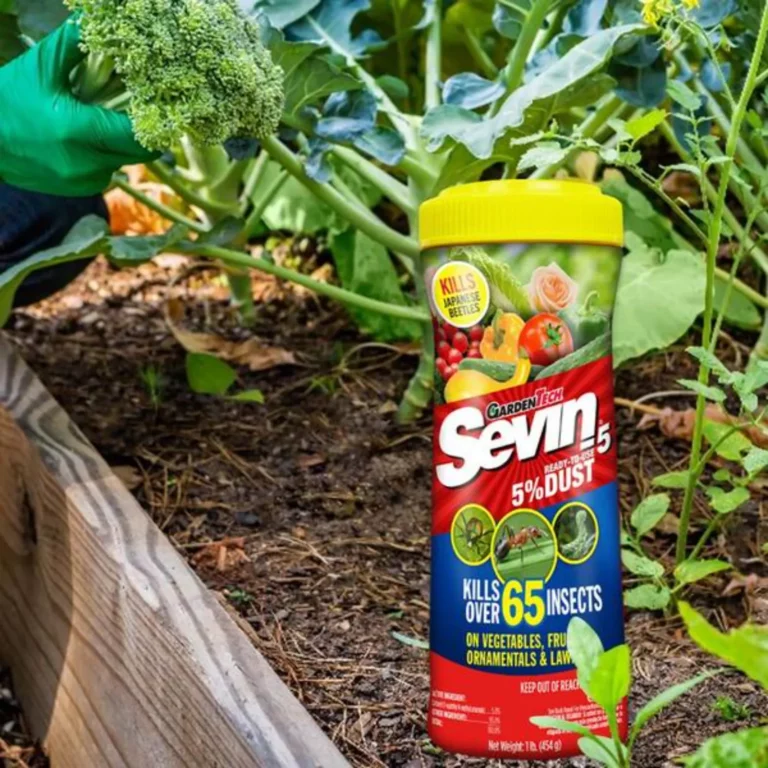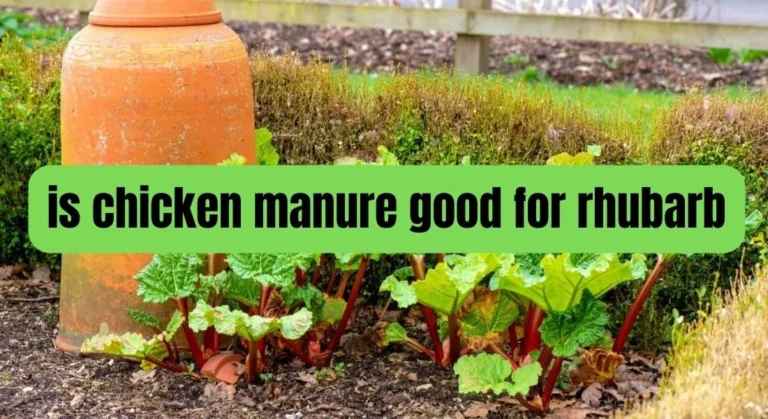How to Apply Cayenne Pepper to Your Lawn
Are you tired of pests ruining your beautiful lawn? Look no further than your kitchen spice rack! Cayenne pepper is a natural and effective way to deter pests and protect your lawn. Not only is it safe for the environment, but it’s also a cost-effective solution compared to chemical pesticides.
But how exactly do you apply cayenne pepper to your lawn? Don’t worry, we’ve got you covered. In this article, we’ll go over the benefits of using cayenne pepper on your lawn, potential risks and precautions, and a step-by-step guide to applying it properly.
With our help, you’ll be able to protect your lawn from pests without harming the environment or breaking the bank.
Key Takeaways
- Cayenne pepper is a natural and effective way to deter pests and protect your lawn.
- When applying cayenne pepper, be sure to choose the right type and use the correct mixing ratio.
- Regular maintenance and reapplication is key to keeping your lawn pest-free.

How to Apply Cayenne Pepper to Your Lawn
So, you’re wondering how to apply cayenne pepper to your lawn? Well, you’ve come to the right place!
Cayenne pepper is a natural and effective way to keep pests out of your lawn without using harmful chemicals. Here are some tips on how to apply cayenne pepper to your lawn:
Sprinkling Cayenne Pepper
One way to apply cayenne pepper to your lawn is by sprinkling it directly onto the areas where you want to keep pests away. This can be a great option if you only have a small area to cover. Here’s how to do it:
- Purchase cayenne pepper powder or granules from your local grocery store or online.
- Sprinkle the cayenne pepper onto the areas where you want to keep pests away. Make sure to cover the entire area evenly.
- Repeat this process every few days or after a rainstorm to ensure effectiveness.
Cayenne Pepper Spray
Another option for applying cayenne pepper to your lawn is by making a spray. This can be a great option if you have a larger area to cover. Here’s how to make a cayenne pepper spray:
- Mix one tablespoon of cayenne pepper powder or 1/4 cup of granules with one gallon of water in a spray bottle.
- Shake the bottle well to ensure the cayenne pepper is evenly distributed.
- Spray the solution onto the areas where you want to keep pests away. Make sure to cover the entire area evenly.
- Repeat this process every few days or after a rainstorm to ensure effectiveness.
Tips for Applying Cayenne Pepper
Here are some additional tips for applying cayenne pepper to your lawn:
- Wear gloves and a mask when handling cayenne pepper to avoid irritation.
- Keep children and pets away from the area where you have applied cayenne pepper.
- Apply cayenne pepper on a dry day to ensure it sticks to the ground and is not washed away by rain.
- If you are using a spray bottle, make sure to label it clearly to avoid confusion with other household cleaners.
By following these tips, you can effectively apply cayenne pepper to your lawn and keep pests away without using harmful chemicals. Give it a try and see the results for yourself!
Benefits of Using Cayenne Pepper on Your Lawn

Adding cayenne pepper to your lawn has several benefits that can help your grass thrive. Here are some of the benefits of using cayenne pepper on your lawn:
1. Natural Pest Control
Cayenne pepper is a natural pest control method that can keep pests such as ants, slugs, and snails away from your lawn. The capsaicin in cayenne pepper is a natural insecticide that repels pests without harming your lawn.
2. Fertilizer Benefits
Cayenne pepper is also rich in nutrients like potassium and nitrogen, which can help promote healthy root growth, enhance grass color, and make your lawn thicker. So not only are you keeping pests at bay, but you’re also giving your lawn some extra love and care.
3. Repels Animals
If you have problems with animals digging up your lawn, cayenne pepper can be a great solution. Spraying or flooding cayenne pepper on molehills or groundhog mounds can help flush the animals out and discourage them from remaining in your yard.
Cayenne pepper may be an irritant to these animals, but a small amount should not cause anything more than temporary discomfort.
4. Attracts Birds
Cayenne pepper can also attract birds to your lawn. Birds are natural predators of insects, so having them around can help keep your lawn pest-free. You can sprinkle cayenne pepper on bird feeders or directly on the ground to attract birds to your lawn.
5. Cost-Effective
Using cayenne pepper as a natural pest control method is cost-effective compared to chemical pesticides. Cayenne pepper is readily available in most grocery stores and is much cheaper than commercial pesticides.
Overall, using cayenne pepper on your lawn is a natural and effective way to keep pests away and promote healthy grass growth.
Potential Risks and Precautions
While using cayenne pepper on your lawn can be an effective and natural way to deter pests and insects, there are some potential risks and precautions to keep in mind.
Irritation and Allergic Reactions
Cayenne pepper can cause irritation and allergic reactions in humans and animals. If you plan to apply cayenne pepper to your lawn, it is important to wear gloves and a mask to avoid contact with your skin and eyes.
Additionally, keep pets and children away from the treated area until the pepper has settled into the soil.
Harm to Beneficial Insects
While cayenne pepper can repel harmful insects, it may also harm beneficial insects such as bees and butterflies.
These insects play an important role in pollinating your lawn and garden, so it is important to use cayenne pepper sparingly and only in areas where pests are a problem.
Overuse and Damage to Your Lawn
Applying too much cayenne pepper to your lawn can cause damage to your grass and soil. It is important to follow the recommended dosage and application instructions carefully.
Additionally, avoid applying cayenne pepper during hot and dry weather conditions, as this can increase the risk of damage to your lawn.
Legal Considerations
While cayenne pepper is a natural and safe alternative to chemical pesticides, it is important to check your local laws and regulations before using it on your lawn. Some cities and states may have restrictions on the use of certain natural pest control methods, including cayenne pepper.
By keeping these potential risks and precautions in mind, you can safely and effectively use cayenne pepper to keep your lawn looking healthy and pest-free.
Step-by-Step Guide to Applying Cayenne Pepper
If you’re looking for a natural way to keep pests off your lawn, cayenne pepper may be the solution you’re looking for. Here’s how to apply it in a few simple steps:
- Mix the solution: For powdered cayenne pepper, mix 1 tablespoon of cayenne pepper with a gallon of water. For granulated cayenne pepper, use 1/4 cup of cayenne pepper per gallon of water. Stir the solution well to ensure the cayenne pepper is evenly distributed.
- Test the solution: Before applying the solution to your entire lawn, test it on a small section to make sure it doesn’t harm your grass. Wait 24 hours to see if there are any adverse effects.
- Apply the solution: Use a garden sprayer to apply the cayenne pepper solution evenly over your lawn. Be sure to wear gloves and protective clothing to avoid getting the solution on your skin. Avoid spraying the solution on windy days to prevent it from blowing onto plants or people.
- Repeat as necessary: Depending on the severity of the pest problem, you may need to apply the solution multiple times. Check your lawn regularly and reapply as necessary.
Keep in mind that cayenne pepper may not be effective against all pests, so it’s important to identify the specific pest problem you’re dealing with before using this method.
Additionally, while cayenne pepper is safe for most pets, it may irritate their skin or eyes if they come into contact with it, so be sure to keep them away from treated areas.
Maintaining Your Lawn After Application
Congratulations! You’ve successfully applied cayenne pepper to your lawn and now you’re ready to enjoy your pest-free outdoor space. But wait, the work isn’t done yet! Here are some tips on how to maintain your lawn after application:
Water Your Lawn
Watering your lawn is essential after applying cayenne pepper. It helps to activate the pepper and allows it to penetrate the soil. Make sure to water your lawn deeply and evenly to ensure the pepper is spread out evenly across your lawn.
Reapply If Necessary
If you notice pests returning to your lawn, it might be time to reapply cayenne pepper. However, be cautious not to over-apply as this can harm your lawn and surrounding plants. It’s best to reapply only when necessary.
Mow Your Lawn Regularly
Mowing your lawn regularly is important to keep it healthy and looking great. However, after applying cayenne pepper, it’s best to wait a few days before mowing. This will allow the pepper to settle into the soil and reduce the risk of it being blown away by the mower.
Keep Pets and Children Away
Cayenne pepper can be harmful to pets and children if ingested. Make sure to keep them away from the treated area until the pepper has settled into the soil. It’s also a good idea to warn your neighbors about the application to prevent any accidental exposure.
Monitor Your Lawn
After applying cayenne pepper, it’s important to monitor your lawn for any signs of damage or discoloration. If you notice any issues, it’s best to stop using the pepper and consult with a lawn care specialist.
By following these simple tips, you can maintain a healthy and pest-free lawn all season long. Happy gardening!
Preparing Cayenne Pepper for Lawn Application
Purchasing Cayenne Pepper
Before you can start protecting your lawn with this fiery spice, you’ll need to purchase some cayenne pepper.
Buying in bulk can save you some money, and both powdered and granulated forms work well for lawn applications. Just make sure to store it in a cool, dry place to keep it fresh and potent.
Mixing a Cayenne Pepper Solution
To prepare the cayenne pepper solution for your lawn, you’ll need to mix it with water. For powdered cayenne pepper, use a mixing ratio of 1 tablespoon per gallon of water.
For granulated cayenne pepper, use 1/4 cup per gallon of water. Stir the solution well to ensure the cayenne pepper is evenly distributed.
Will Cayenne Pepper Kill Grass?
You may have heard that cayenne pepper is a popular choice for keeping pests at bay, but you might be wondering if it could potentially harm your beautiful lawn.
Well, As long as you use the proper concentration and application method, cayenne pepper shouldn’t harm your grass.
Benefits of Cayenne Pepper in Gardening
Natural Pest Repellent
- Cayenne pepper is a powerful deterrent against a variety of garden pests, including ants, aphids, and squirrels (I know, those cute little critters can be quite the headache sometimes).
- I’ve found that it works wonders, especially when compared to some of the harsh chemical alternatives on the market.
Eco-friendly Solution
- One of the things I love most about using cayenne pepper in my garden is that it’s environmentally friendly!
- It’s safe for pets and wildlife, which is something I always prioritize when choosing garden treatments.
Troubleshooting and Common Issues
Uneven Application or Clumping
If you notice uneven coverage or clumping after applying the cayenne pepper solution, it’s likely due to insufficient stirring or an issue with your application method.
Make sure to stir the solution well before application, and consider using a different sprayer if you’re experiencing persistent problems.
Ineffectiveness Against Pests
In some cases, the cayenne pepper solution might not be as effective as you’d hoped in repelling pests. Various factors can contribute to reduced effectiveness, such as heavy rain or an unusually stubborn critter population.
If you find that cayenne pepper isn’t working for you, consider exploring other natural pest control alternatives like diatomaceous earth or essential oils.
Frequently Asked Questions (FAQs)
What are the benefits of applying cayenne pepper to my lawn?
Cayenne pepper offers several advantages for your lawn, including acting as a natural pest repellent for squirrels, rabbits, and insects, and providing fertilizer benefits with nutrients like potassium and nitrogen. This eco-friendly solution promotes healthy root growth, enhances grass color, and contributes to a thicker lawn.
How do I prepare a cayenne pepper solution for my lawn?
To prepare a cayenne pepper solution, first, decide whether you prefer using powdered or granulated cayenne pepper. Mix 1 tablespoon of powdered cayenne pepper or 1/4 cup of granulated cayenne pepper per gallon of water. Stir the solution well to ensure even distribution of the cayenne pepper.
What’s the best method for applying cayenne pepper to my lawn?
The ideal application method depends on your lawn size and personal preferences. Hand application works well for small lawns, while a hose-end sprayer is suitable for larger lawns. For even distribution, consider using a backpack or pump sprayer.
How often should I apply cayenne pepper to my lawn for effective pest control?
For the best results, apply the cayenne pepper solution to your lawn every two weeks or as needed. Regular applications will help maintain its effectiveness in repelling pests and providing essential nutrients to your grass.
Are there any safety precautions I should take when applying cayenne pepper to my lawn?
Yes, it’s essential to wear personal protective equipment (PPE) such as gloves, a mask, and goggles while preparing and applying the cayenne pepper solution. Long sleeves and pants are also recommended to protect your skin from irritation. Be mindful of the environment by minimizing runoff and avoiding application near pollinator-friendly plants.
Conclusion
There you have it, folks! Using cayenne pepper on your lawn is a fantastic way to keep pests at bay while providing some extra nourishment for your grass. By following the tips and precautions outlined in this post, you can enjoy a beautiful, healthy lawn that’s free of unwanted visitors.
Remember, taking care of our lawns and gardens doesn’t have to come at the expense of the environment or our furry friends. By choosing natural, eco-friendly solutions like cayenne pepper, we can create a harmonious outdoor space that benefits both people and wildlife. Happy gardening!
Related Posts:
- Understanding the Impacts of Dollar Spot Fungus on Humans
- Simple Steps to Protect Your Lawn from the Dollar Spot Fungus
- DIY Weed Control: How to Effectively Use Boiling Water and Salt
- The Truth About Lysol’s Effectiveness Against Spiders: A Deep Dive
- Safely Using Jeyes Fluid on Synthetic Turf: A Detailed Examination



